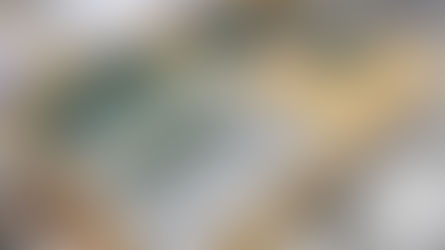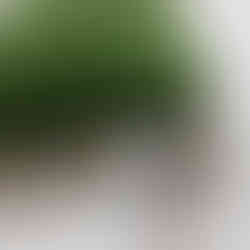How is Velvet Made?
- Han Redden

- Mar 17, 2017
- 3 min read
As you may have noticed, I rather like to use velvet in my cushion-making and creating quite often. I’ve always liked it; maybe it was the influence from my mother taking me to National Trust venues as a child and pointing out the wonderful fabrics – the brocade, velvets, Jacquard and cloqué with elaborate and embossed surface designs. I love depth and history to my fabrics. Perhaps that’s why I’m also drawn to vintage pieces of fabric; I like that the items I create have a history and rather than just throwing them away after they have been used, go out of fashion or are a little bit worn, I relish giving them a new lease on life. I may buy a fabric and keep it for several years before the idea comes to me as to how I can revive it. But this article is about velvet, so let’s get back to it. There are records from the late 12th century detailing that velvet originated in the Far East, with Cairo being the world’s largest producer of velvet at that time. The fabric was then shipped to Venice and found its way to Europe towards the 14th century. The remarkable properties of velvet – the luxurious yet soft depths of colour it demonstrated – marked it as a fitting fabric for state and royal robes, ecclesiastical vestments, sumptuous tapestries and hangings. Because of its unusual softness, luxurious texture and appearance, combined with its very high cost of production, velvet was often associated with royalty and nobility.
Velvet has a silken texture but it can be made from various fibres, which I will discuss later. The art of velvet weaving (yes, it is a woven fabric) was indeed an art form. It has a dense, short-piled surface. It has to be woven on a special loom that simultaneously weaves two thicknesses of the fabric, one on top of the other. The velvet’s pile is created by the warp, or the vertical yarns; the velveteen pile is created by the weft, horizontal, or fill yarns. The two layers are then sliced apart to create the tufted pile effect; the layers are then wound onto two separate rolls. Due to the complexity of the process it meant that before the introduction of industrial power looms in roughly the 17th century, the cost of velvet was extremely high. Well-made velvet is still a fairly costly material, as velvet-making is a specialised trade. Velvet is also a very difficult fabric to clean effectively due to the dense pile. Modern dry-cleaning methods, however, have made it more feasible. Velvet can be made from many different kinds of fibres, the most expensive being silk. Cotton is also commonly used, although this results in a less luxurious fabric. Other fibres are also used, such as mohair, linen and wool. A more recent progression in the production of velvet is the introduction of synthetic fibres, mainly viscose, nylon and polyester. These fibres are often combined in varying combinations – synthetics with different synthetics, or natural fibres combined with synthetics. A good example is silk combined with viscose, which produces a soft, reflective fabric. Velvet’s history is long and storied, and as rich as its texture and feel. It is a special fabric that has held a place in my heart and imagination since childhood, and thanks to this depth, you’ll surely continue to see velvet making appearances in my cushion-making and creative designs.

































Comments